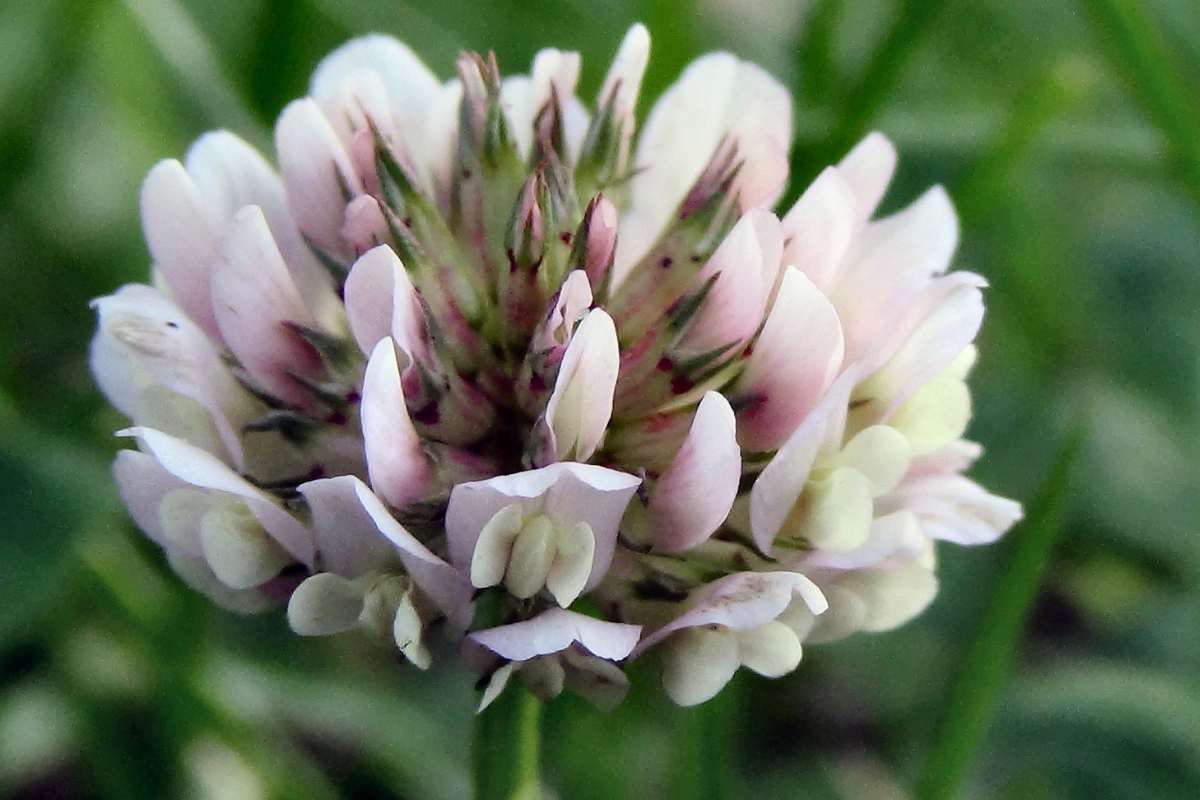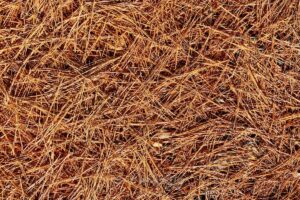This page may contain affiliate links. If you click and buy, we might get a small commission at no cost to you.
Weed is a broad term that refers to any plant that grows in an unwelcome location. This can apply to grasses, shrubs, trees, and flowers. In fact, regardless of where you live, you’ll always see these plants growing somewhere. There are plenty of different types of weeds all over the United States, including states like Missouri. If you want to learn more about which weeds grow in this state and some information to identify them, read on!
16 Weeds in Missouri
1. Canada thistle
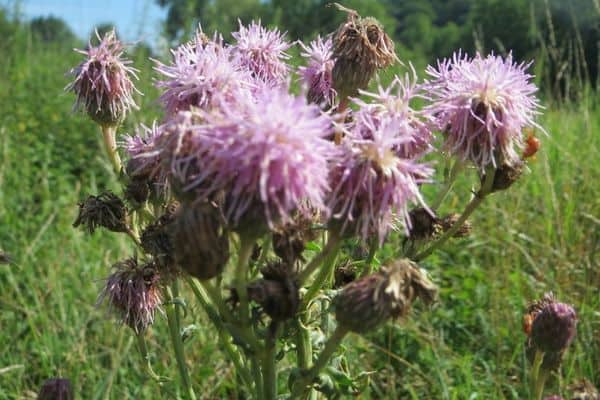
Scientific Name: Cirsium arvense
These plants prefer sunny locations, but they can grow in almost any environment. Canada thistle emerges in the spring with green, irregularly lobed, and spiky leaves. The flowers, which appear in June and August, are purple or pinkish-red and have spineless bracts.
If the plant gets into agricultural fields, it can cause problems by drying out the soil and draining its nutrients. You can use herbicides such as glyphosate or snip it off at the base.
2. Dandelion

Scientific Name: Taraxacum officinale
You know you have a dandelion in your yard when you see bright yellow flowers and green leaves. They’re also easy to identify because they grow in large patches, usually on the edge of a lawn or garden. It’s not uncommon to see them growing wild alongside roadsides as well.
Dandelions bloom in the spring and fall, but they’ll continue to grow throughout the summer. They can be found in Missouri anywhere there is rich soil, from lawns and fields to parking lots and playgrounds.
3. Carpetweed
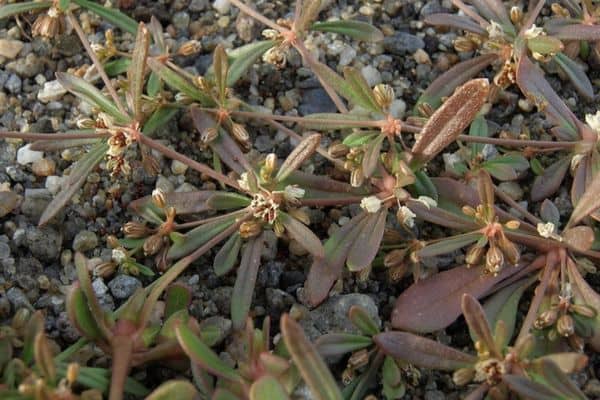
Scientific Name: Mollugo verticillata
Carpetweed has been observed growing in gardens, lawns, and along fence lines. This annual plant appears each year, with flowers blooming from July to September.
Carpetweed has small greenish white or white flowers that develop into seed pods when fully matured. Proper maintenance, such as mowing, fertilization, and watering, is required to prevent carpetweed growth in your garden or lawn.
4. Common Lespedeza
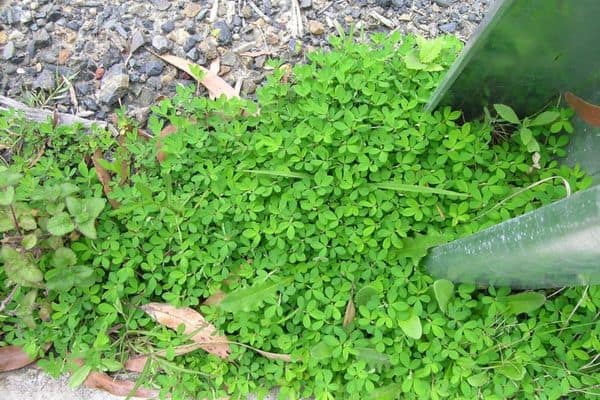
Scientific Name: Lespedeza striata
Common Lespedeza is a weed native to Missouri. It’s distinguished by its dark green leaves and purple flowers that grow in clusters at the end of each stem. The plant has the ability to steal all of the nutrients from the soil, which can kill the plants around it.
Persistence is required to keep this plant from growing in your garden. Make your lawn healthy by fertilizing it and establishing a dense canopy that prevents these weeds from growing.
5. Common Teasel
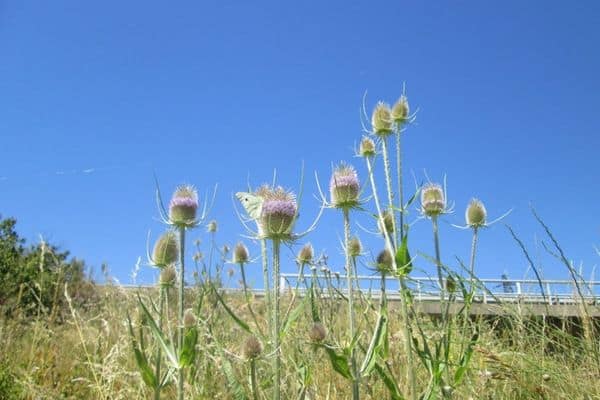
Scientific Name: Dipsacus fullonum
Teasel is a weed that grows in Missouri and other parts of the United States. It appears in late summer to early fall and spreads its seeds within 5 feet of where it is. After spreading its seeds, this plant dies.
It can be found growing along roadside and fence lines, in gardens and lawns, and anywhere there is moist soil and open space. You can control its growth by mowing, soil management, and applying herbicides.
6. Multiflora rose
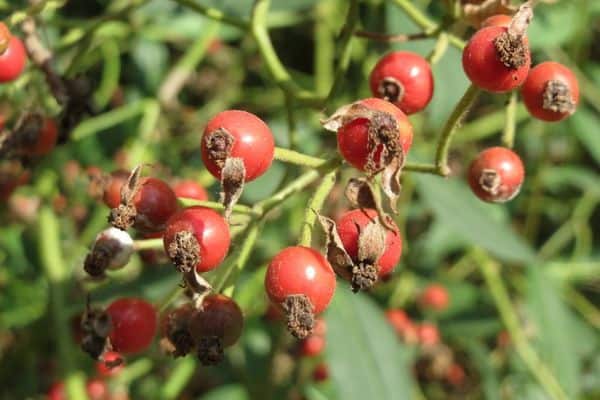
Scientific Name: Rosa multiflora
The Multiflora rose can thrive in various climates, including dry and wet conditions. It can thrive in full sun or partial shade, and can withstand drought conditions, making it a particularly hardy plant.
Multiflora roses typically grow to be about 4- 15 feet tall, with white or slightly pink flowers. They’re a weed that prevents the growth of other plants and have sharp thorns that may prevent birds and other wildlife from thriving in their habitat.
7. Reed Canarygrass
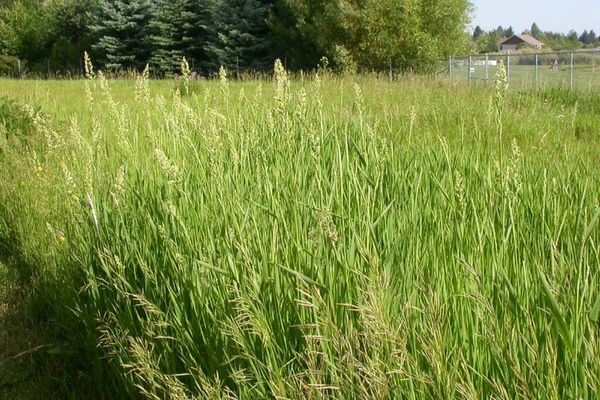
Scientific Name: Phalaris arundinacea
Reed Canarygrass is a perennial plant that grows best in the cooler months. It can survive in the winter but has a low heat tolerance.
This perennial weed has flat, hairless, and wide leaf blades and spreads via rhizomes. It should be pulled out at its roots rather than at the soil’s surface, as this will encourage more growth.
8. Amur Honeysuckle
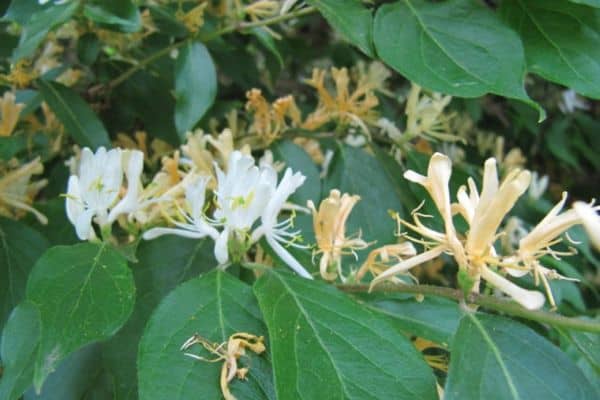
Scientific Name: Lonicera maackii
Bush honeysuckle typically blooms from spring through summer. It’s a deciduous shrub with up to 3-inch long lance-ovate leaves.
This weed can reach a height of 15-20 feet and prefers to grow along fences, sidewalks, and lawns. These honeysuckles are typically found in areas with sandy, loamy, or clay soils, where they compete with other native plants.
9. Garlic Mustard
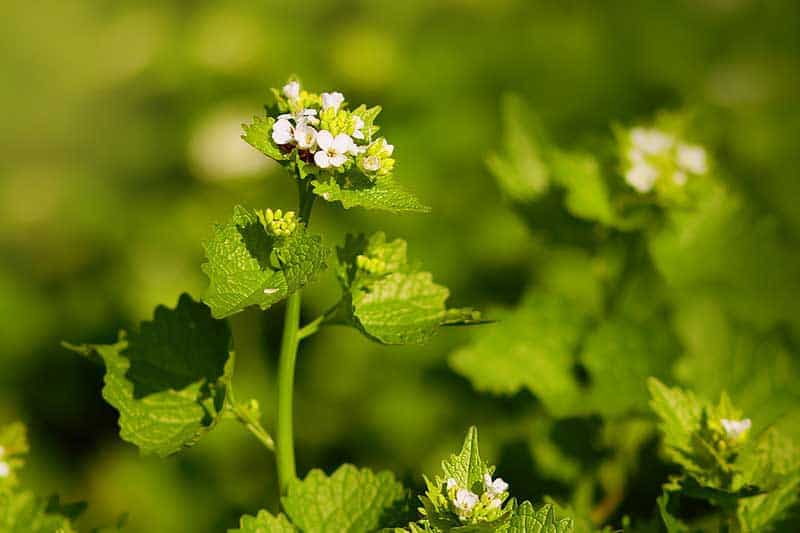
Scientific Name: Allaria petiolata
Garlic mustard is an invasive species that has spread throughout the state. This plant is distinguished by its triangular, toothed leaves. They also have white flowers and can grow to be 3 to 4 feet tall.
The emergence of this plant can kill other native plants nearby. Garlic mustard is best eradicated by pulling up the entire plant or spraying it early in the spring or late in the fall.
10. Johnson grass
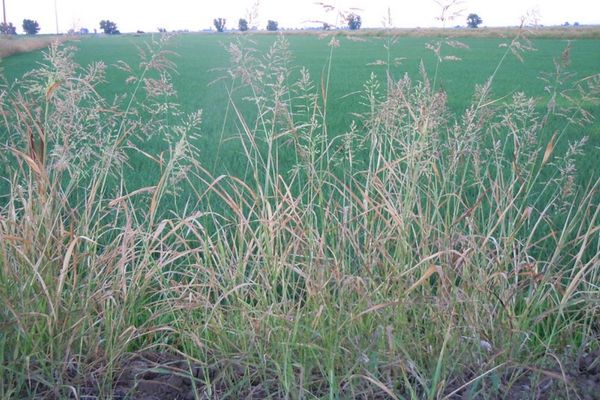
Scientific Name: Sorghum halepense
Johnson grass is a perennial plant that can grow to be 6 1/2 feet tall. It grows quickly in its environment and prefers open and disturbed habitats like crop fields, pastures, and abandoned fields.
Johnson grass has tall stalk and leaf blades that are frequently rolled from the bud. If you see this plant growing near your property, get rid of it immediately because it spreads quickly through rhizomes and seed dispersal.
11. Cottonwood
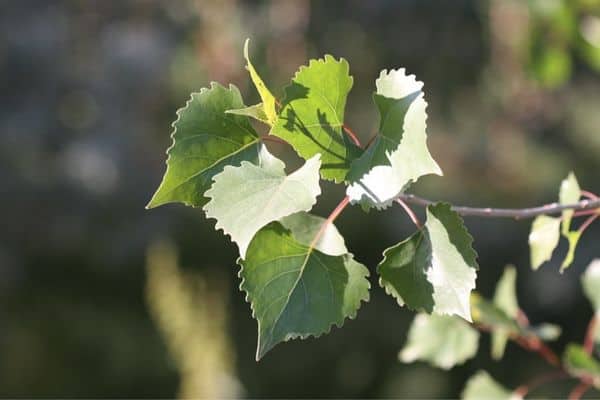
Scientific Name: Populus deltoides
Cottonwood trees are common in Missouri but are also one of the state’s most invasive species. Cottonwoods grow quickly and spread their seeds far and wide, so if you see one in your neighborhood, get rid of it right away.
These deciduous trees pollinate from February to May. If you don’t want these plants growing in your yard, cut off the root suckers as soon as you notice them. You can also use herbicides to keep these plants from taking over your yard.
12. American Bellflower
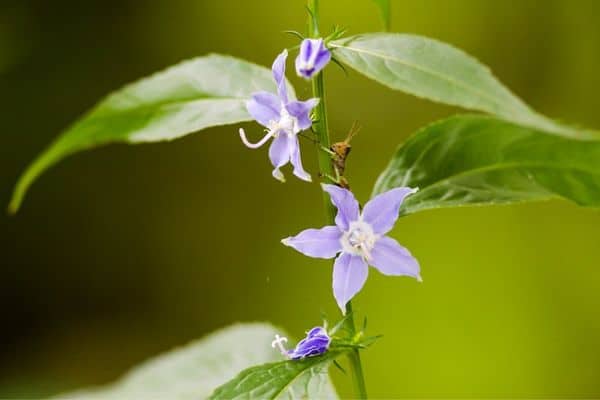
Scientific Name: Campanulastrum americanum
American Bellflower is a Missouri weed that blooms from July to October. They thrive in moist, shady environments, such as near streams or around trees. It has an unusual appearance, with purple flowers that are upside down and a bell-like shape.
This plant can infiltrate your yard, and the best way to get rid of it’s to pull it up by the roots or, if all else fails, use herbicides.
13. Field Bindweed

Scientific Name: Convolvulus arvensis
Field Bindweed is a type of perennial vine found in Missouri. You can only kill this weed with glyphosate, but you can uproot it if you don’t want to use herbicides in your garden.
It can reach a height of 6 feet and has long, thin stems covered in arrowhead-shaped leaves. Field bindweed can withstand drought and prefers rich, fertile soils in most of Missouri.
14. White Clover
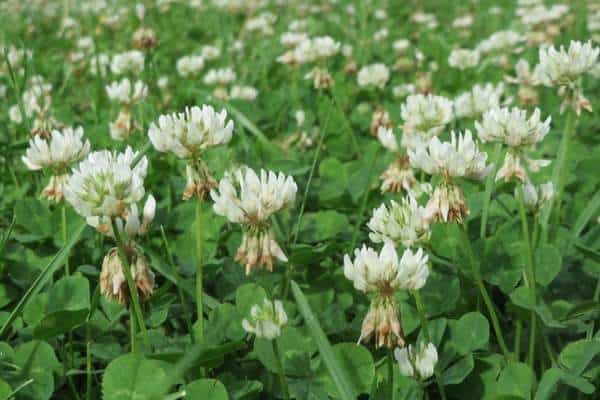
Scientific Name: Trifolium repens
In Missouri, white clover is a common weed. It’s a short-lived perennial with the ability to regrow when the soil conditions are favorable.
It usually appears in late winter or early spring and grows throughout the summer. It prefers full sun and moist soil, but it’ll grow in partial shade or dry conditions as well. You can get rid of these plants by pulling them out of the ground or killing them with white vinegar.
15. Kudzu
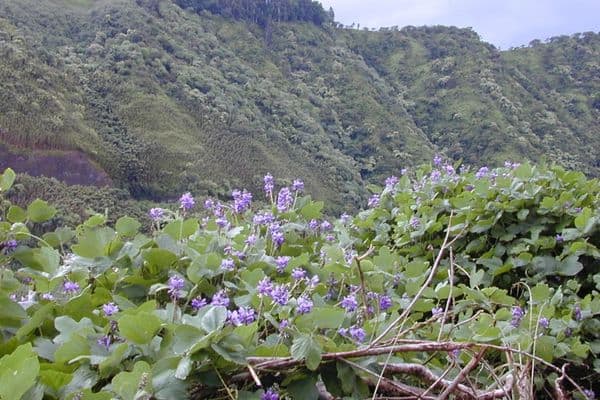
Scientific Name: Pueraria montana var. Lobata
Kudzu is a vine that can take over your entire yard, grow through your gutters and walls, and even creep into trees. Kudzu blooms in Missouri from late July to September. This vine grows best in mild winter climates.
They can completely cover trees and canopies and can be completely killed by persistent mowing. You can also cut the bases of these weeds, which are commonly found beneath trees.
16. Common Pokeweed

Scientific Name: Phytolacca americana
Pokeweed is a type of weed that produces purple berries from late summer to fall. These berries attract birds and provide food for many animals. With other crop plants, though, it can be a very intense competition that might deprive them of nourishment.
Common Pokeweed grows in fields, along roadsides, and in other disturbed areas with plenty of sunlight and moisture. It’s also common under power lines and fence rows.
